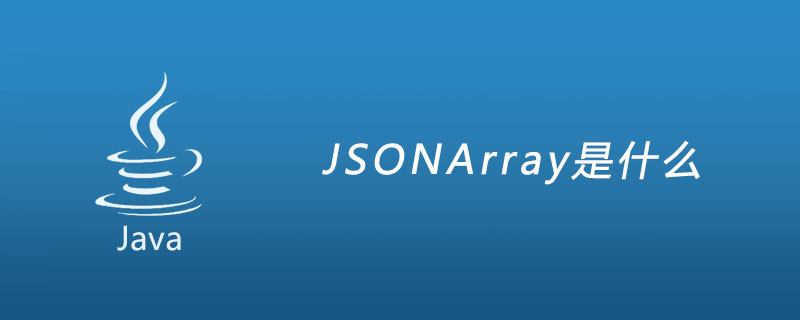JSONArray是一个有序的值序列,它的外部文本形式是一个用方括号括起来的字符串,用逗号分隔值,内部表单是具有索引的对象“get”和“opt”用于通过索引访问值的“element”方法,以及用于添加或替换值的方法。

JSONArray是一个有序的值序列。它的外部文本形式是一个用方括号括起来的字符串,用逗号分隔值。内部表单是具有 索引的对象get和opt用于通过索引访问值的element方法,以及用于添加或替换值的方法。它的值可以是任何这些类型的: Boolean,JSONArray,JSONObject, Number,String,或 JSONNull object。
所以JSONArray就是["tom","kate","jerry"];或者[1,2,3]
同时,这里的数组json通过添加对象json可以变成数组对象json:
[{"name":"tom"},{"name":"kate"}]
构造函数可以将JSON文本转换为Java对象。该 toString方法转换为JSON文本。
甲get方法返回如果可以找到一个值,并且抛出异常如果不能找到。一个opt方法返回一个默认值,而不是抛出异常,所以是用于获得可选值是有用的。
泛型get()和opt()方法返回一个可以转换或查询类型的对象。还有一些类型 get和opt方法可以为您进行类型检查和输入coersion。
toString方法 生成的文本严格遵循JSON语法规则。
构造者在他们接受的文本中更宽容:
额外的, (逗号)可能出现在结束括号之前。
null当有, (逗号)省略时,将插入该值 。
字符串' 可以引用(单引号)。
如果字符串不以引号或单引号开头,并且如果它们不包含前导或尾随空格,并且它们不包含任何这些字符{ } [ ] / \ : , = ; #,则根本不需要引用它们: 如果它们看起来不像号,如果它们不是保留字true,false或null。
值可以用; (分号) 和, (逗号)分隔。
数字可以具有0- (八进制)或 0x- (十六进制)前缀。
使用斜杠,斜杠和散列约定编写的注释将被忽略。
实现
简化的用户类:
package com.sshmobai;
import java.util.Date;
public class User {
private String username;
private String password;
private Date createdTime;
public User(){super();}
public User(String username, String password) {
super();
this.username = username;
this.password = password;
}
public User(String username, String password, Date createdTime) {
super();
this.username = username;
this.password = password;
this.createdTime = createdTime;
}
public String getUsername() {
return username;
}
public void setUsername(String username) {
this.username = username;
}
public String getPassword() {
return password;
}
public void setPassword(String password) {
this.password = password;
}
public Date getCreatedTime() {
return createdTime;
}
public void setCreatedTime(Date createdTime) {
this.createdTime = createdTime;
}
@Override
public String toString() {
return "User [username=" + username + ", password=" + password + ", createdTime=" + createdTime + "]";
}
}测试
User user = new User("ssh", "mobai", new Date());
System.out.println(user);
System.out.println(JSONObject.fromObject(user).toString());结果
User [username=ssh, password=mobai, createdTime=Mon Jul 30 16:30:41 CST 2018]
{"createdTime":{"date":30,"day":1,"hours":16,"minutes":30,"month":6,"seconds":41,"time":1532939441331,"timezoneOffset":-480,"year":118},"password":"mobai","username":"ssh"}以上就是JSONArray是什么的详细内容,更多请关注php中文网其它相关文章!

每个人都需要一台速度更快、更稳定的 PC。随着时间的推移,垃圾文件、旧注册表数据和不必要的后台进程会占用资源并降低性能。幸运的是,许多工具可以让 Windows 保持平稳运行。

Copyright 2014-2025 https://www.php.cn/ All Rights Reserved | php.cn | 湘ICP备2023035733号